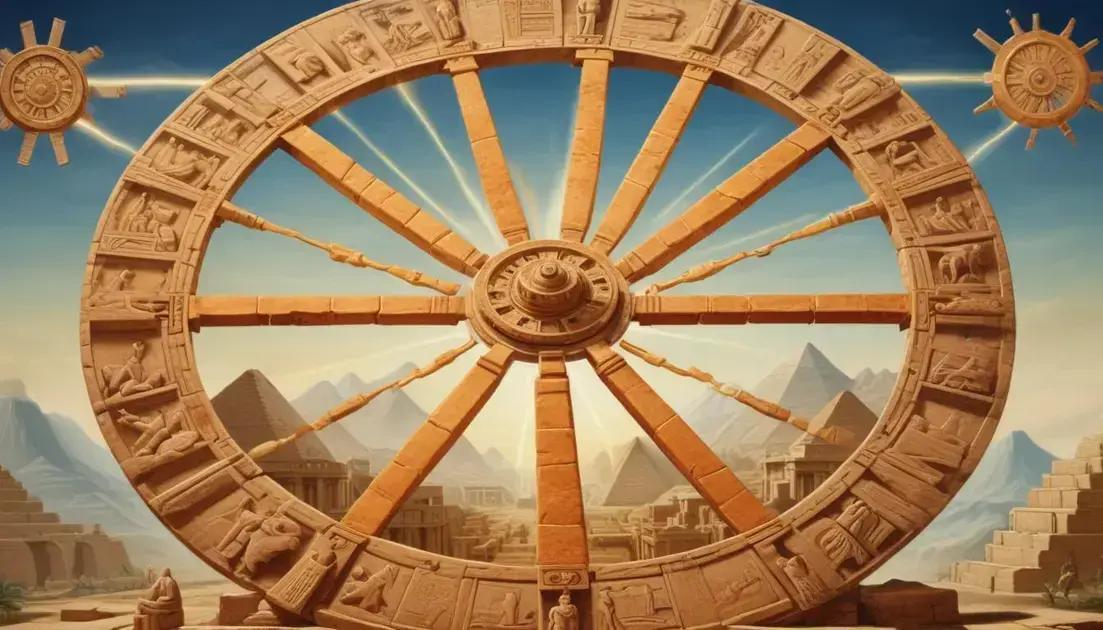
Pataliputra: The Legendary Capital of the Maurya Empire
Pataliputra, the legendary capital of the Maurya Empire, is known for its historical significance and cultural richness. It was a powerful political center where significant leaders like Chandragupta Maurya and Ashoka made impactful decisions. The city’s architectural marvels and thriving cultural scene contributed to its legacy, influencing art and philosophy in ancient India. Today, Pataliputra serves as a reminder of how urban centers shape societies and continue to impact modern culture.
Welcome to the fascinating world of Pataliputra, the legendary capital of the Maurya Empire! From its strategic location to its cultural richness, discover why this city is regarded as a historical gem.
Introduction to Pataliputra
Pataliputra was once the thriving capital of the Maurya Empire. It was located in the fertile Ganges valley, making it an ideal spot for trade and politics. This ancient city played a vital role in the growth of India.
Historical Importance
The city’s importance stems from its strategic location. Pataliputra became a center for culture, art, and learning. Great leaders like Chandragupta Maurya and Ashoka ruled from here. Their influence helped shape not just the city but all of India.
Cultural Significance
This diverse city attracted people from various backgrounds. Scholars and artists contributed to its rich culture. Artifacts and literature from the era reflect this vibrant mix of traditions.
Legacy
Today, Pataliputra is known as Patna. Its legacy still influences modern India. The city remains a symbol of strength, culture, and political power that emerged during the Maurya Empire.
Historical Significance of Pataliputra
Pataliputra was a key city in ancient India, serving as the capital of the Maurya Empire. Its location near the Ganges River helped it thrive. This city was known for its strong political and economic influence.
Political Power
The Maurya Empire, founded by Chandragupta Maurya, chose Pataliputra for its capital. It was where important decisions were made. Leaders like Ashoka expanded the empire’s reach from this center.
Economic Hub
Pataliputra was also an economic hub. Trade routes connected it to distant lands. Merchants came from all over to sell goods. This trade boosted the economy and helped the city grow.
Cultural Center
The city attracted scholars and artists, making it a cultural center. It hosted diverse cultures and traditions. That mix made Pataliputra a vibrant place to live and work.
Writings from this period show how important Pataliputra was. Many philosophers and poets thrived here, adding to the city’s legacy.
Cultural Aspects of the Maurya Empire
The Maurya Empire was rich in culture and diversity. This vibrant culture blended various traditions, ideas, and lifestyles. Art and religion flourished in this period.
Art and Architecture
During the Maurya Empire, art and architecture reached new heights. Beautiful sculptures and intricate carvings decorated temples and palaces. Stupas, like the famous Sanchi Stupa, showcased the empire’s artistic brilliance.
Religious Tolerance
The Maurya Empire was known for its religious tolerance. People practiced various faiths, including Hinduism and Buddhism. Ashoka, in particular, promoted Buddhism, encouraging peace and compassion.
Festivals and Traditions
The people of the Maurya Empire celebrated many festivals. These events highlighted their rich traditions. Music, dance, and food brought communities together, fostering unity and joy.
Literature also thrived during this time, with poets and philosophers sharing their thoughts. This exchange of ideas contributed to a lively intellectual atmosphere.
Political Landscape in Ancient India
The political landscape in ancient India was complex and diverse. Various kingdoms and empires rose and fell over centuries. Each had its unique leaders and systems of governance.
Major Empires
The Maurya Empire is one of the most famous. Founded by Chandragupta Maurya, it united a large part of India. Ashoka, his grandson, expanded it further, promoting peace and Buddhism.
Regional Kingdoms
Aside from the Maurya Empire, many regional kingdoms existed. The Gupta Empire is another notable one. It supported art, science, and trade, often called the Golden Age of India.
Political Structure
Most ancient Indian empires had a strong central government. Kings were often supported by councils and ministers. This structure helped maintain order and collect taxes.
Warfare was common, with kingdoms often battling for territory and power. Diplomacy was also important, as alliances could shift quickly.
These dynamics shaped the culture and people of ancient India, leaving a lasting impact on its history.
Legacy of Pataliputra
The legacy of Pataliputra is rich and influential. This city played a crucial role in shaping Indian history and culture. Its impact is still felt today.
Historical Influence
Pataliputra served as a political and cultural center for centuries. Many significant decisions were made here that affected the entire region. The governance models used in Pataliputra inspired other kingdoms.
Cultural Contributions
The city was a melting pot of ideas and cultures. It fostered advances in art, science, and philosophy. Many great thinkers and artists emerged from Pataliputra.
Architectural Marvels
Some impressive architectural achievements still stand as a testimony to its greatness. The ancient structures are a reminder of the city’s glory. These sites attract tourists and historians alike.
Pataliputra’s vibrant history is essential to India’s story. It laid the foundation for future empires and cultures. Today, it reminds us of the rich heritage we share.
Conclusion
In conclusion, Pataliputra’s rich history and cultural significance have left a lasting impact on India. As the capital of the Maurya Empire, it played a key role in politics, art, and philosophy. The city was a place where diverse ideas came together, shaping the region’s future.
Its impressive architecture and vibrant culture continue to inspire people today. Through understanding Pataliputra’s legacy, we appreciate the foundations of modern Indian society. Recognizing its contributions helps us celebrate our history and understand our present.
Ultimately, Pataliputra serves as a reminder of how cities can influence nations. Its story teaches us the importance of preserving our heritage for future generations.


